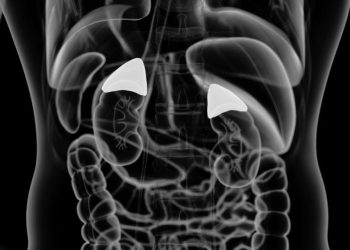Diagnosis of ichthyosis involves a mix of clinical checks, family history, and lab tests when needed. This process is vital because ichthyosis includes many types—from mild to severe syndromic forms. A correct diagnosis helps doctors plan treatment and predict long-term care needs. It also gives families clarity about genetic risks and future options.
Physical Exam Comes First
The first step in the diagnosis of ichthyosis is a detailed skin check. Doctors, often dermatologists, look at where and how the scales appear. They note the size, colour, and thickness of the scales and check if the scalp or face is affected. They also look for redness or infection. For example, ichthyosis vulgaris often shows fine white scales on the shins and arms, while X-linked ichthyosis has dark, thick scales on the trunk and neck.
Medical and Family History Matters
Doctors also ask about symptoms, changes with seasons, and family history. They check if other health issues are present. In inherited cases, signs often start in the first year or even at birth. Babies born with a collodion membrane point to certain congenital types. If ichthyosis appears suddenly in adulthood, doctors suspect an acquired form linked to another illness.
Skin Biopsy for Extra Clarity
Sometimes, a skin biopsy helps rule out other conditions like eczema or psoriasis. In this test, doctors remove a small skin sample under local anaesthesia and check it under a microscope. It shows changes like thick skin layers or retained nuclei. While biopsy may not always confirm the exact type, it is useful for ruling out similar diseases.
Genetic Testing Is Key
In severe or early-onset cases, genetic tests confirm the diagnosis of ichthyosis. These tests look for gene mutations such as FLG for ichthyosis vulgaris, STS for X-linked ichthyosis, and TGM1 or ABCA12 for congenital forms. The test uses a blood or cheek swab sample, and results take a few weeks. Genetic results help with family planning, prognosis, and research trial eligibility.
Extra Tests for Acquired Forms
If doctors suspect acquired ichthyosis, they check for underlying diseases. Tests may include blood work for kidney or liver function, thyroid hormones, and cancer markers. Screening for HIV may be needed too. Doctors also review current medications since some drugs can trigger ichthyosis-like symptoms.
Syndromic Cases Need Broader Care
Some types of ichthyosis come with other health problems such as nerve issues or immune disorders. In these cases, patients need a team of specialists—like neurologists, geneticists, and eye doctors. Tests like MRI, EEG, or metabolic panels may also be needed.
Prenatal Testing for High-Risk Families
For families with known gene mutations, prenatal testing may be offered. Tests like chorionic villus sampling or amniocentesis check the baby’s DNA during pregnancy. Parents make these decisions with help from genetic counselors.
Emotional Support Is Essential
The diagnosis of ichthyosis affects more than just the body. Many children and teens feel stress about their appearance or social life. Counseling and emotional support should start early in the diagnostic process to help them cope long-term.
Diagnosis in Limited-Resource Settings
In areas with few specialists or advanced labs, diagnosis often depends on clinical signs and history. Training for general doctors is vital. Teledermatology and virtual consultations also help give access to expert advice when local care is limited.
Summary
The diagnosis of ichthyosis involves several steps: physical exam, medical history, biopsy, and genetic tests. Correct diagnosis is key for treatment, mental health support, and family planning. A thorough approach improves care and quality of life for people living with ichthyosis.


